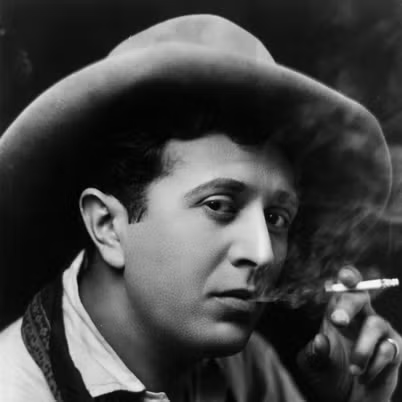
Table of Contents
Who Was E.E. Cummings?
E.E. Cummings was a pioneering poet, playwright, and visual artist, celebrated for his experimental approach to language and form. Known for works such as Tulips and Chimneys and XLI Poems, Cummings often defied conventional grammar, punctuation, and structure, making him a distinctive voice in 20th-century literature. Though initially self-publishing his works, he ultimately gained widespread acclaim. Cummings passed away on September 3, 1962.
Early Life
Edward Estlin Cummings was born on October 14, 1894, in Cambridge, Massachusetts. His father, a minister and professor, and his mother, who fostered his love for language and creativity, profoundly influenced his upbringing. Cummings attended Harvard University, earning both his B.A. and M.A. by 1916. During World War I, he served overseas as a volunteer ambulance driver. A committed pacifist, Cummings was imprisoned for several months by French authorities under suspicion of treason, an experience he later chronicled in his autobiographical novel The Enormous Room (1922).
Literary Contributions
Cummings’ first poetry collection, Tulips and Chimneys (1923), marked the beginning of his exploration of nontraditional poetic forms. Over the following decades, he published numerous volumes characterized by inventive use of language, spacing, and capitalization, as well as a rejection of conventional grammar. His unique style often reflected a critique of modern society’s impact on individual creativity and freedom.
Despite his avant-garde tendencies, Cummings also demonstrated mastery in traditional forms, including sonnets, blending wit and whimsy. Recurring themes in his poetry included nature, love, and sexuality, expressed with both sensuality and spirituality.
In addition to poetry, Cummings wrote the experimental play Him, which premiered in 1927 with the Provincetown Players. In 1933, after a disillusioning trip to the Soviet Union, he penned Eimi, a prose work critiquing the nation’s social policies.
Recognition and Achievements
Faced with challenges in securing a publisher, E.E. Cummings self-published much of his work, enduring financial difficulties for much of his career. His unconventional writing style gained broader appeal in the 1940s and 1950s, resonating with a growing counterculture movement. During this period, he captivated audiences with live readings before packed venues.
In the early 1950s, Cummings received a fellowship from the Academy of American Poets, marking a significant recognition of his literary contributions. He was later invited to deliver Harvard University’s prestigious Charles Eliot Norton lectures, which were subsequently published in 1953 as i: six nonlectures. Toward the end of the decade, his poetic achievements were further honored with the Bollingen Prize for Poetry from Yale University.
In addition to his literary accomplishments, Cummings was an accomplished visual artist, holding numerous solo gallery exhibitions. On a personal note, he was married three times over the course of his life.
Death and Literary Legacy
E.E. Cummings passed away on September 3, 1962, in North Conway, New Hampshire, due to a brain hemorrhage. He left behind a remarkable legacy, with his expansive body of work preserved in E.E. Cummings: Complete Poetry, 1904–1962. Other notable collections include Erotic Poems, The Early Poems of E.E. Cummings, and Fairy Tales.
His life and work have been the subject of various biographies, including Susan Cheever’s 2014 book, E.E. Cummings: A Life. Cummings remains celebrated as one of the most innovative poets and artists of the 20th century.
